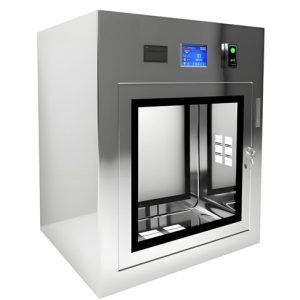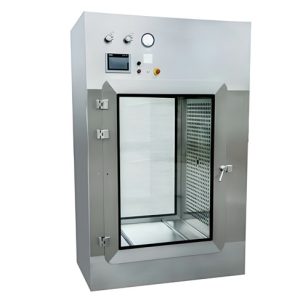Account
-
Safe payment options
We only work with the most secure payment systems.
-
Product return within 30 days
We do our very best to keep our customers happy.
No products in the cart.
You dont have any products in your cart yet, add a few products to experience this experience.
Add $500.00 to cart and get free shipping!
To see and take advantage of all discounted products.
Click HereModular Cleanroom vs Traditional Cleanroom
A Comprehensive Comparison and Selection Guide
Cleanrooms play a critical role in modern industries such as pharmaceuticals, biotechnology, semiconductors, medical devices, and aerospace. These controlled environments are essential for manufacturing processes that require strict control of particulate matter, temperature, humidity, and pressure. When planning a cleanroom facility, one of the most fundamental decisions is choosing between Modular Cleanrooms vs. Traditional Cleanrooms construction approaches. This comprehensive guide provides a detailed comparison of Modular Cleanrooms vs. Traditional Cleanrooms, helping you make an informed decision based on your specific requirements, budget, timeline, and long-term goals. Understanding the differences between Modular Cleanrooms vs. Traditional Cleanrooms is crucial for project success and optimal return on investment.Download the cleanroom brochure
The brochure details Deiiang’s engineering capabilities, the Deiiang cleanroom features along with data sheets and case studies.
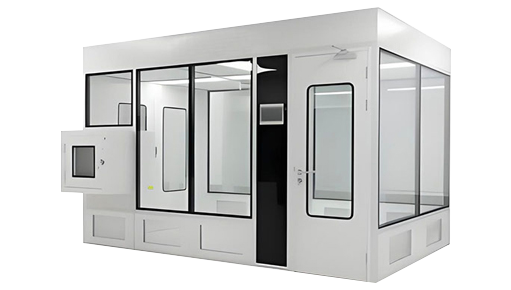
What is a Traditional Cleanroom?
Traditional cleanrooms offer exceptional design flexibility and can accommodate complex requirements that might be challenging for modular systems. For example, a pharmaceutical company requiring specialized utility penetrations, unique room geometries, or integration with heavy manufacturing equipment might prefer traditional construction. According to Deiiang™ project data, traditional cleanrooms typically cost 15-30% more in initial investment compared to modular alternatives of similar size and classification.
Key Characteristics of Traditional Cleanrooms:
- Permanent Structure: Built as a fixed installation with limited potential for relocation
- High Customization: Can be tailored to virtually any specification, layout, or architectural requirement
- Extended Construction Timeline: Typically requires 6-18 months for completion
- Higher Initial Investment: Significant upfront costs for materials, labor, and engineering
- Structural Integrity: Excellent durability and structural strength when properly designed
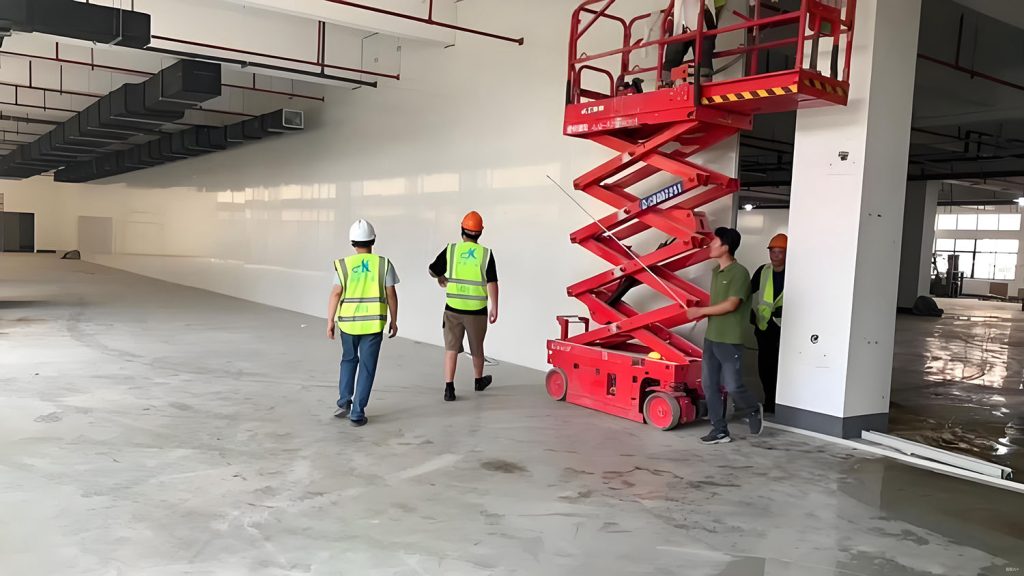
What is a Modular Cleanroom?
The modular approach to cleanroom construction has gained significant popularity in recent years, particularly for industries with rapidly changing requirements or tight project timelines. Deiiang™ modular cleanrooms, designed by product specialist Jason.peng, incorporate advanced features that ensure compliance with international standards while offering superior flexibility. The decision between Modular Cleanrooms vs. Traditional Cleanrooms often comes down to specific project constraints and long-term operational needs.

Key Characteristics of Modular Cleanrooms:
- Prefabricated Components: Wall panels, ceiling grids, and flooring are manufactured off-site
- Rapid Deployment: Typically installed in 4-16 weeks, significantly faster than traditional construction
- Flexibility and Scalability: Easily expanded, reconfigured, or relocated as needs change
- Cost-Effective: Lower initial investment and reduced construction waste
- Minimal Site Disruption: Cleaner, quieter installation process with less impact on ongoing operations
Download the cleanroom brochure
The brochure details Deiiang’s engineering capabilities, the Deiiang cleanroom features along with data sheets and case studies.

Modular vs. Traditional: Core Comparison
This comprehensive comparison examines the critical factors that differentiate Modular Cleanrooms vs. Traditional Cleanrooms. Understanding these differences is essential for making an informed decision that aligns with your project requirements, budget, and timeline.
| Characteristic / Dimension | Modular Cleanroom | Traditional Cleanroom | Key Influencing Factors |
|---|---|---|---|
| Construction Time | Fast (Typically 4-16 weeks) | Long (Typically 6-18 months) | Prefabrication vs. on-site construction |
| Initial Investment Cost | Typically Lower ($200-$500 per sq. ft.) | Typically Higher ($300-$700 per sq. ft.) | Design complexity, labor costs, material efficiency |
| Flexibility/Scalability | High (Easy expansion/relocation) | Low (Difficult/expensive to modify) | Structural characteristics, reusability of components |
| Construction Disruption | Low (Minimal noise/dust) | High (Significant noise/dust) | On-site construction activities |
| Cleanliness Class | All classes achievable (ISO 1-9) | All classes achievable (ISO 1-9) | HVAC design, filtration efficiency, room pressurization |
| Structural Strength/Durability | Good (Depends on materials/design) | Excellent (Typically more robust) | Material selection, connection methods |
| Customization Level | Good (Standard modules with some customization) | Extremely High (Fully bespoke design) | Design freedom, architectural constraints |
| Total Cost of Ownership (TCO) | Typically Lower (Lower initial + operational costs) | Potentially Higher (Higher initial + maintenance costs) | Lifecycle considerations, energy efficiency |
| Environmental Impact | Lower (Less waste, reusable components) | Higher (More construction waste) | Resource consumption, waste generation |
| Regulatory Compliance | Fully compliant (when properly designed/validated) | Fully compliant (when properly designed/validated) | System design, validation protocols, not structure type |
Construction Timeline Comparison
Cost Comparison (per sq. ft.)
The comprehensive analysis of Modular Cleanrooms vs. Traditional Cleanrooms reveals that each approach has distinct advantages depending on specific project requirements. For instance, a 1,000 sq. ft. ISO 7 cleanroom project might cost approximately $350,000 as a modular system versus $450,000+ as a traditional construction, representing potential savings of over 20% with the modular approach according to Deiiang™ project data compiled by Jason.peng.
Download the cleanroom brochure
The brochure details Deiiang’s engineering capabilities, the Deiiang cleanroom features along with data sheets and case studies.

Case Study: Biotech Startup
Challenge: A biotech startup needed GMP-compliant cleanroom space within 6 months to begin Phase I clinical trial manufacturing. Solution: Deiiang™ designed and installed a 800 sq. ft. ISO 7 modular cleanroom with ISO 5 biosafety cabinets. Results:- Project completed in 18 weeks (vs. estimated 14 months for traditional)
- 40% cost savings compared to traditional construction quotes
- Successfully expanded facility after 2 years of operation

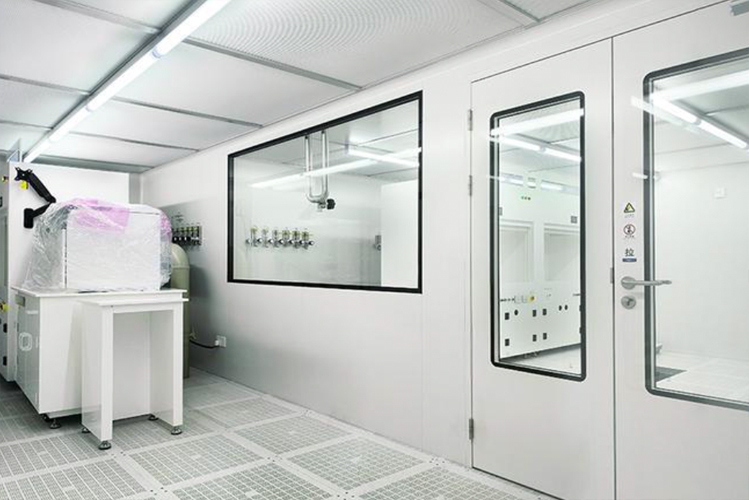
Case Study: Semiconductor Manufacturer
Challenge: A semiconductor manufacturer required a 15,000 sq. ft. ISO 4 cleanroom with extreme vibration control and complex utility systems. Solution: Traditional cleanroom construction with specialized foundation and integrated building systems. Results:- 24-month construction timeline met project requirements
- Achieved vibration criteria of VC-D (better than 6.25 μm/sec)
- Successfully integrated with existing fab infrastructure
These case studies demonstrate that the choice between Modular Cleanrooms vs. Traditional Cleanrooms depends heavily on specific operational requirements, timelines, and budget constraints. Deiiang™, with expertise from product designer Jason.peng, has successfully implemented both approaches across various industries, ensuring optimal solutions for each unique situation.
Download the cleanroom brochure
The brochure details Deiiang’s engineering capabilities, the Deiiang cleanroom features along with data sheets and case studies.

Can modular cleanrooms achieve the same cleanliness levels as traditional cleanrooms?
Yes, modular cleanrooms can achieve all ISO cleanliness classes from ISO 1 to ISO 9. The cleanliness level depends on proper HVAC design, filtration efficiency, room pressurization, and operational protocols – not the construction method. Deiiang™ modular cleanrooms have been successfully validated to ISO 4 (Class 10) and beyond.How durable are modular cleanrooms compared to traditional construction?
High-quality modular cleanrooms are extremely durable and can have lifespans comparable to traditional construction when properly maintained. Deiiang™ uses industrial-grade materials with life expectancies of 20+ years. The key advantage is that damaged modular panels can be individually replaced, whereas traditional construction may require more extensive repairs.What is the typical construction timeline for a traditional cleanroom?
Traditional cleanroom construction typically takes 6-18 months depending on size, complexity, and site conditions. This includes design (1-3 months), permitting (1-2 months), construction (3-12 months), and validation (1-2 months). Modular cleanrooms can reduce this timeline by 50-70%.Can modular cleanrooms be expanded or reconfigured after installation?
Yes, one of the primary advantages of modular cleanrooms is their flexibility for expansion or reconfiguration. Deiiang™ modular systems are designed with future growth in mind, allowing relatively straightforward modifications that would be cost-prohibitive with traditional construction.Which approach offers better energy efficiency?
Both approaches can achieve high energy efficiency with proper design. However, modular cleanrooms often have an advantage due to tighter construction tolerances and advanced insulation properties. Deiiang™ modular systems typically achieve 15-25% better energy efficiency compared to traditional construction of similar classification.Ready to Make Your Cleanroom Decision?
Contact Deiiang™ today for a personalized consultation with our cleanroom specialists, including product designer Jason.peng. We’ll help you determine the optimal approach for your specific requirements.Key Decision Factors Summary:
- Choose Modular When: Time-to-market, budget constraints, future flexibility, or minimal disruption are priorities
- Choose Traditional When: Extreme customization, very large scale, permanent installation, or complex integration is required
- Both Can Achieve: All cleanliness classes, regulatory compliance, and long-term performance when properly designed
This comprehensive analysis of Modular Cleanrooms vs. Traditional Cleanrooms demonstrates that informed decision-making requires careful consideration of multiple factors. By understanding the strengths and limitations of each approach, you can select the solution that best aligns with your operational requirements, budget, and long-term strategic goals.




